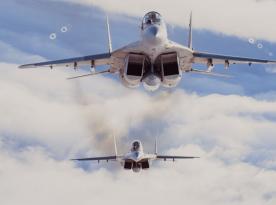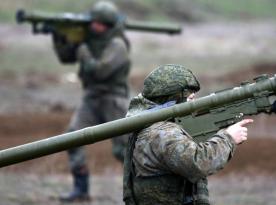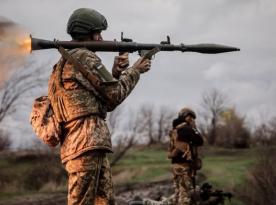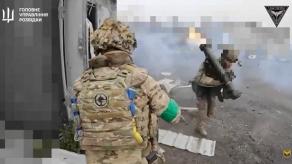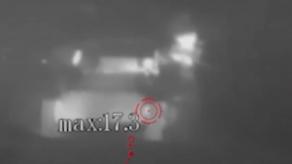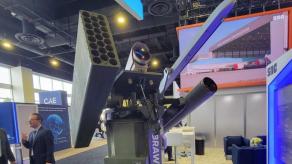Military command of russia has created or is currently creating infantry units made up of personnel from the Strategic Missile Forces (RVSN), a branch responsible for nuclear weapons. This follows from a message by russian activists calling for donations to help equip the newly-formed motor rifle regiment of the RVSN, operating in the Kursk Region.
The news resonated through Ukrainian media: against the background of recent reports of russia seeking to involve North Korean soldiers in its war against Ukraine, one might misinterpret this situation as another indication of Moscow lacking human resources to sustain the war effort. Therefore, allegedly, they send highly qualified operators of nuclear missile systems to fight as regular assault troops.
Read more: Details Revealed About North Korean Military Training in russia Before Deployment to the Front

However, this case is more nuanced, just like that time we talked about russian sailors pulled off the decrepit Admiral Kuznetsov aircraft carrier and sent to battle in Ukraine.
To begin with, the russian Strategic Missile Forces count 50,000 personnel, according to the latest edition of The Military Balance assessment form IISS. This massive force is divided into 12 missile divisions, subdivided into 38 missile regiments. Each has up to nine mobile launch systems with either Yars or Topol intercontinental ballistic missiles (ICBM). Alternatively, a regiment runs between six and ten underground ICBM silos and a command center.
But the said nuance is, besides the personnel responsible for pushing the red button and maintaining the missiles, there are so-called counter-saboteur units. However, the exact number of servicemen belonging to those is not specified in the study.
The existence of these counter-saboteur units has been confirmed by russian official media, they even mentioned some details regarding the equipment of these troops. For example, they have Taifun-M (Typhoon-M) armored anti-sabotage vehicles on the BTR-82A chassis.

Furthermore, the first reports about the practice of sending RVSN units to fight in Ukraine date back to the fall of 2022. In conclusion, this means that another instance of russian missile troops dispatched to the Kursk Region showcases situational staffing problems rather than marks a critical personnel shortage overall.
Read more: Changes in russia's Nuclear Doctrine: What Is the Essence and Meaning, Expectations of the Kremlin





